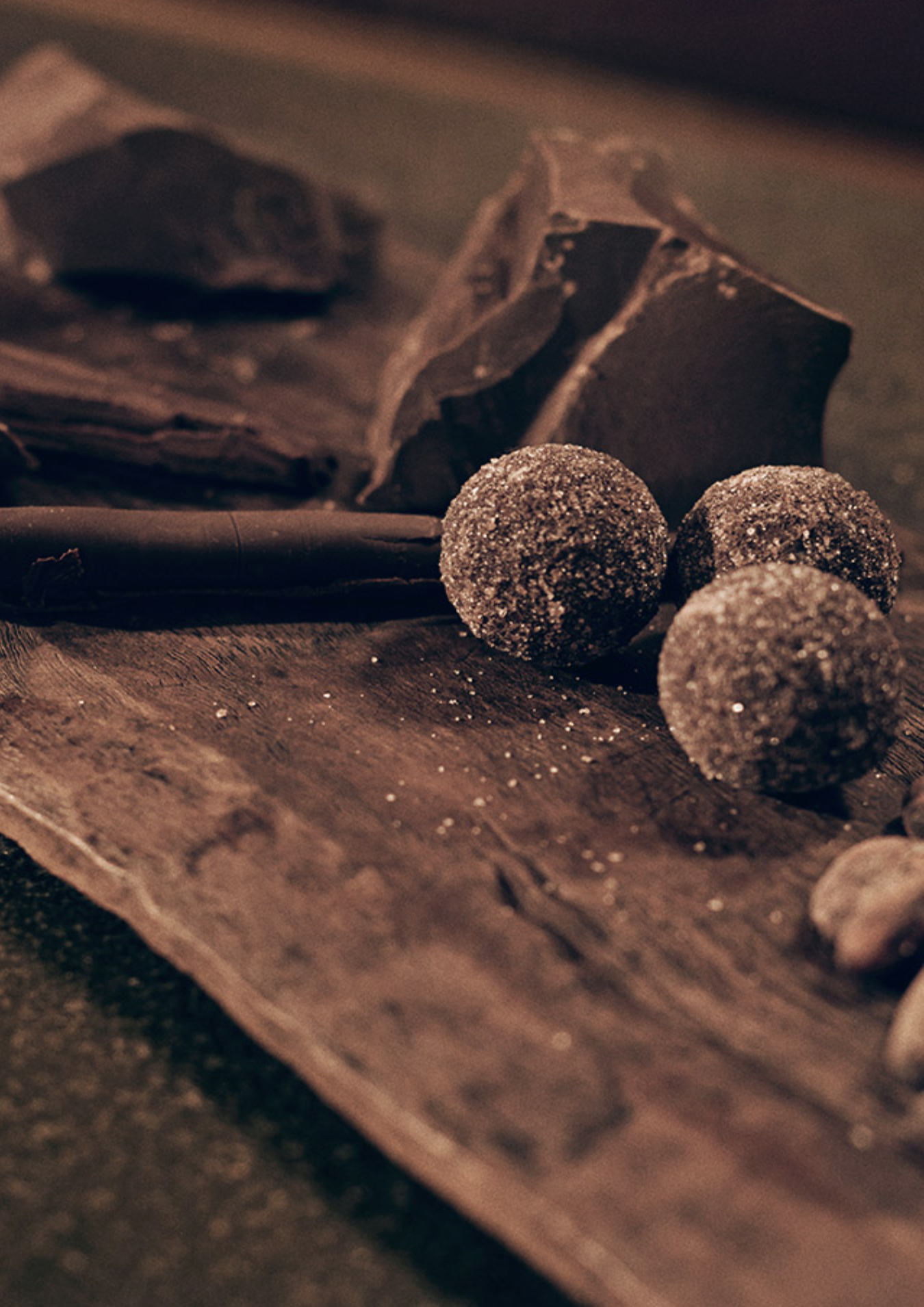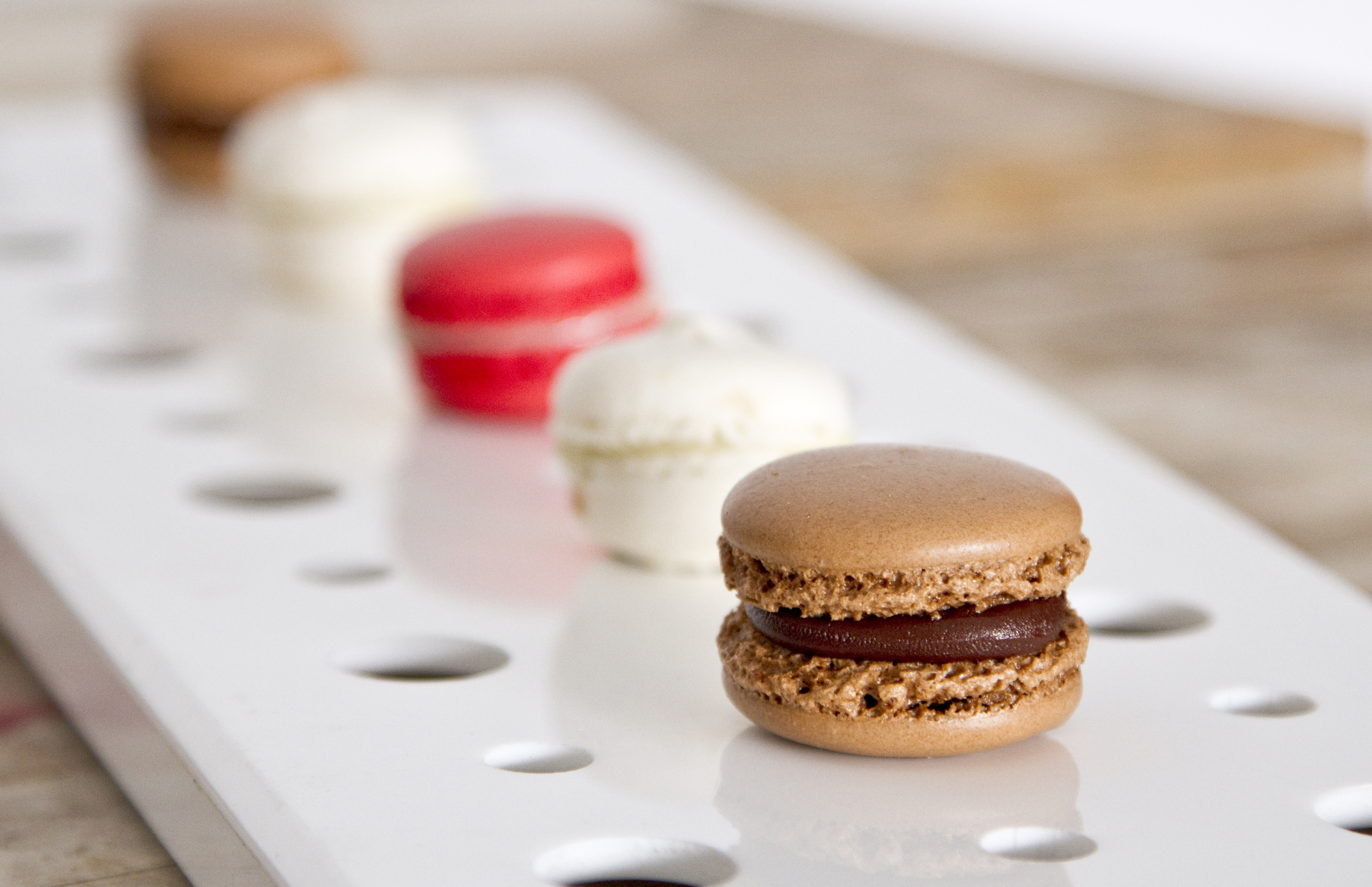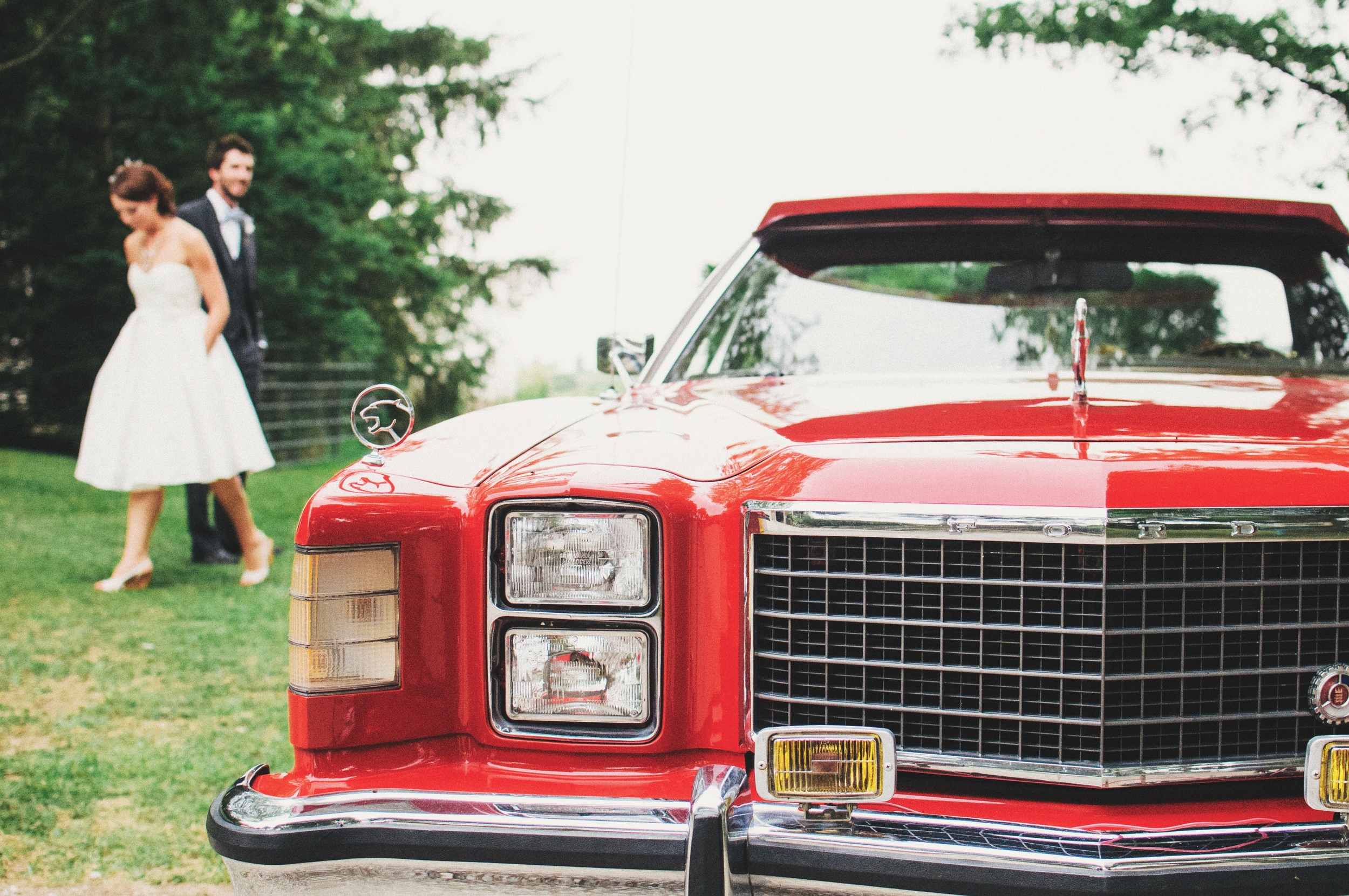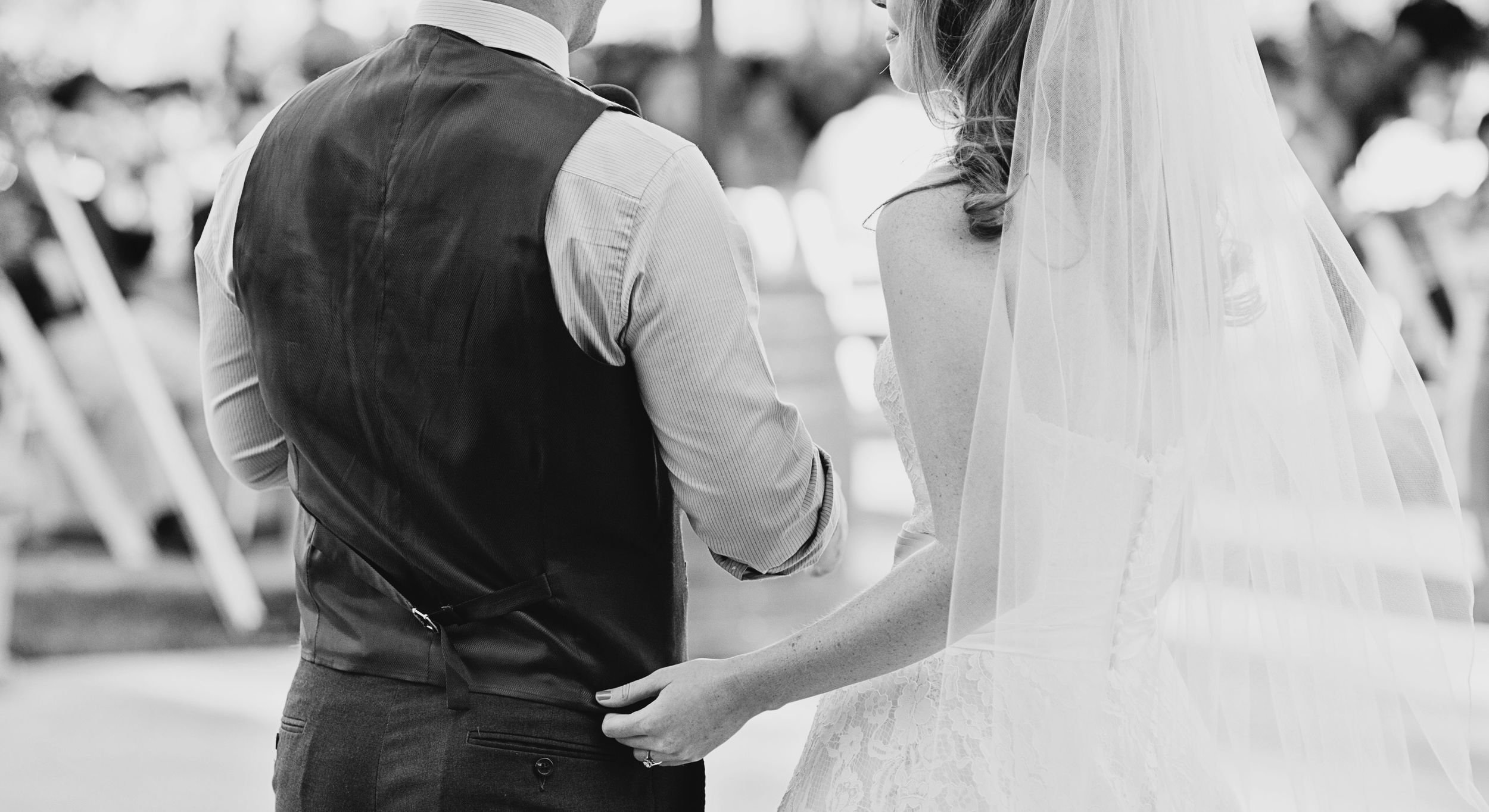The Aztecs regarded chocolate as “the food of the gods” and they thought it to be a source of spiritual wisdom and energy. Christopher Columbus brought chocolate back to Spain as a gift to Queen Isabella, and rumors of this delicious new luxury, endowed with aphrodisiac powers, spread throughout the aristocracy.
The myth that chocolate is an aphrodisiac remains pervasive, (http://www.nytimes.com/2006/07/18/health/18real.html?_r=0,) and even though it apparently isn’t true, the idea has probably taken hold in our collective consciousness, and chocolates, along with flowers and cards, remain the Valentine’s “gift-du-jour.”
In Victorian England, celebrating Valentine’s day became all the rage. The prudish Victorians wistfully adored notions of pure courtly love and showered each other with cards and gifts. By this time, the Cadbury brothers were selling chocolate to the general public in England.
Cadbury had perfected the method of removing pure cocoa butter from whole beans to produce a tastier drinking chocolate, and he used this cocoa butter to produce more varieties of “eating chocolate.” With the vision to recognize what a great business opportunity this was, Richard Cadbury started designing elaborately decorated boxes for these edible chocolate treats.
It is widely understood that Richard Cadbury created the first heart-shaped chocolate box. Cadbury advertised the boxes as something to keep after the chocolates were gone, to store mementos such as love letters. The boxes grew more and more elaborate, and to this day, remain as family heirlooms or sought-after collector’s pieces.
Chocolate has an interesting history and will probably always remain a symbol of affection, luxury, passion, decadence and sensuality.










